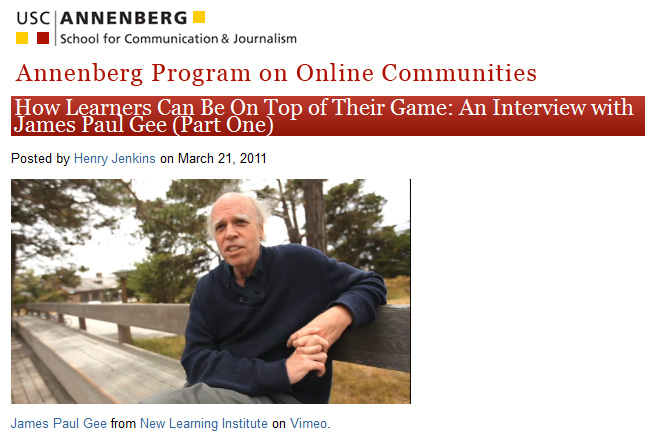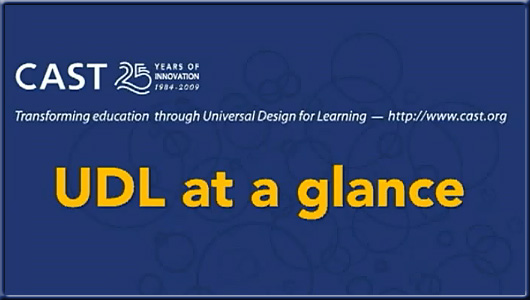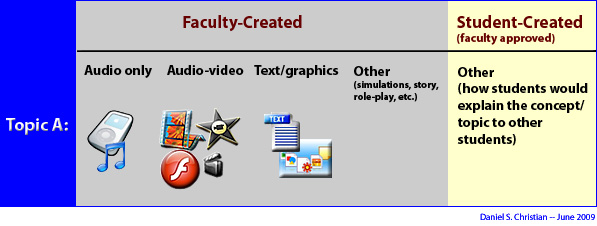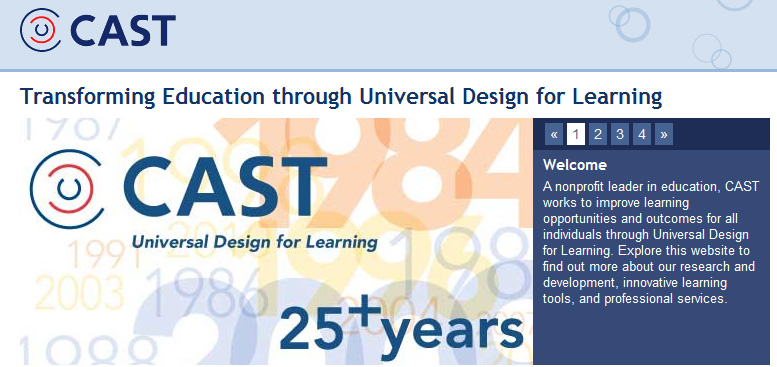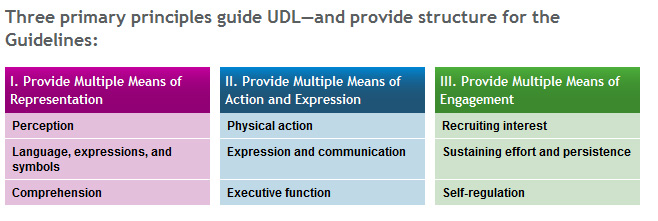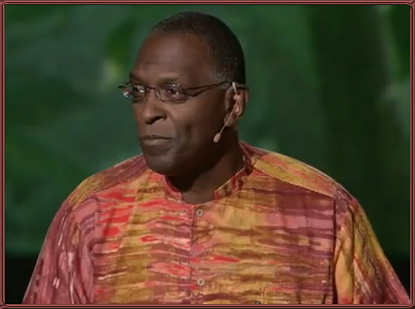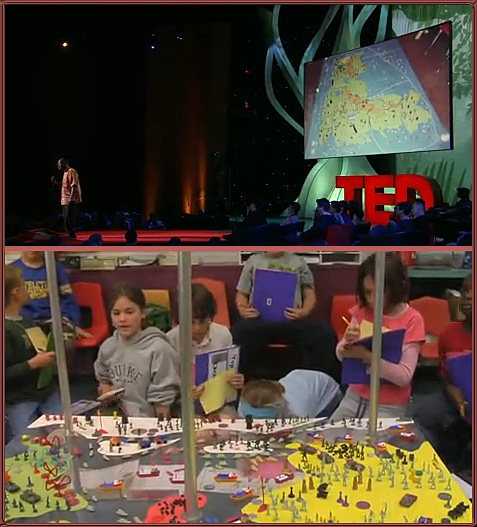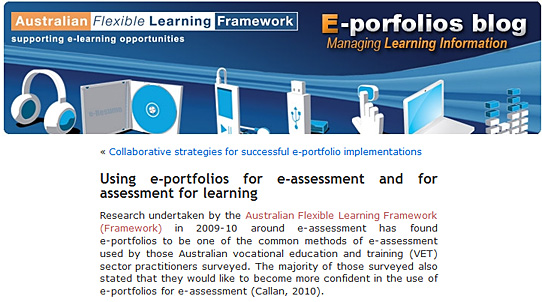K12Online and South Carolina Virtual Charter School leave children with special needs behind — by Gretchen Herrera, parent of a child being left behind
…as accessed via The Innovative Educator blog
Excerpt:
I have been working for years to advocate for the needs of my son. Recently when I requested to opt-out of our state’s standardized test, I was met with not only resistance, but threats. Threats that my son would be removed from South Carolina Virtual Charter school powered by K12 Online and returned to the hostile environment he escaped from should we not comply.
…
Deeply concerned about my son’s well-being, I reached out in writing twice to the director of South Carolina Virtual Charter school who ignored my outreach. I also called and spoke with the counsel for the South Carolina Department of Education and was told, begrudgingly, there isn’t a state law that says my son has to test. However, I received threats from the Department. She said if I didn’t produce my son on the day of testing and he didn’t participate, he would suffer consequences. His absences could trigger truancy through my “unlawful actions”…even though there was no law against me following his doctors orders and my instinct about what was best for my child. She explained I could NOT “opt-out” for pieces of a child’s education and how every district can instill their own penalties. Of course, I was not opting out of the education. I was opting out of the assessments which my son, my doctors, and my instincts tell me are wrong for my child. I was told the penalty for my doing what was best for my child was that I would no longer be allowed to have my child attend the only school he was ever safe in. She also informed me that if I didn’t make my child available for their testing, there would be a compulsory attendance issue and that I could then be held liable and may face charges…even though I assured them he would be engaging in real learning activities in alignment with his passions, talents, and interests.
Why must I be forced to do what my doctors, my son, and I know will harm him? I want my son to have access to the joyful, useful, relevant, real, and interesting learning experience that our tax dollars pay for? I’d happily take my tax dollars elsewhere, but unfortunately, our compulsory system of compliance doesn’t afford parents such options. I am forced to subject my son to that which will make him physically and emotionally ill if he is to get the education he he deserves. The system has failed and my child is being left behind.
From DSC:
In hopes of building pressure for change here — I re-post this here at the Learning Ecosystems blog; sounds like the system needs additional methods of assessment.









